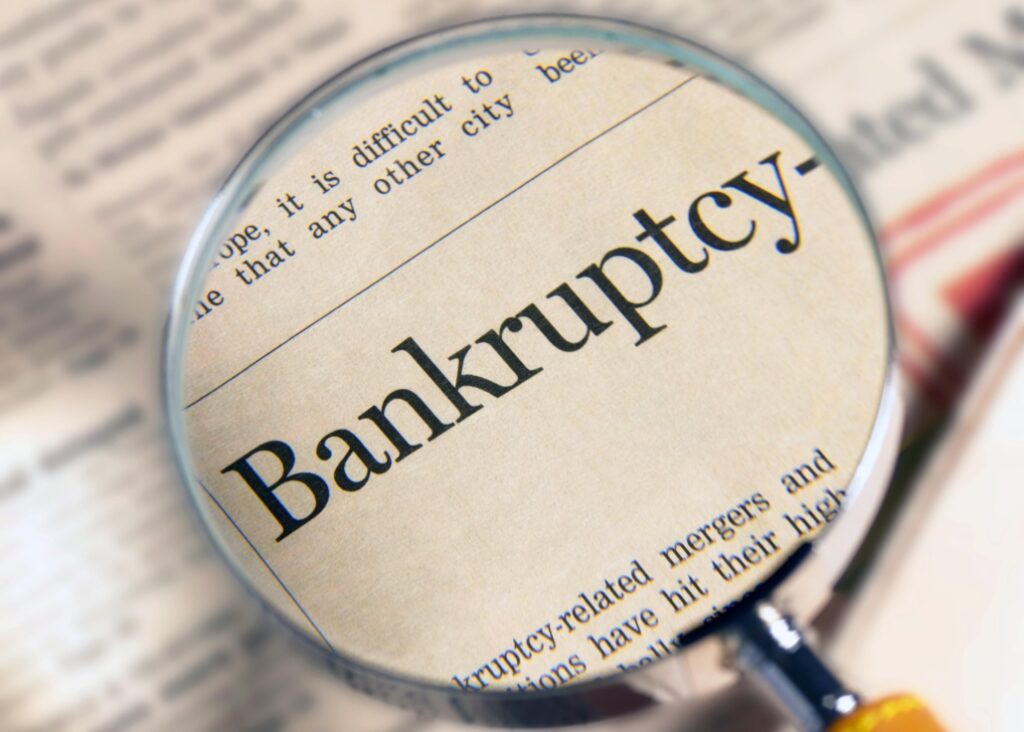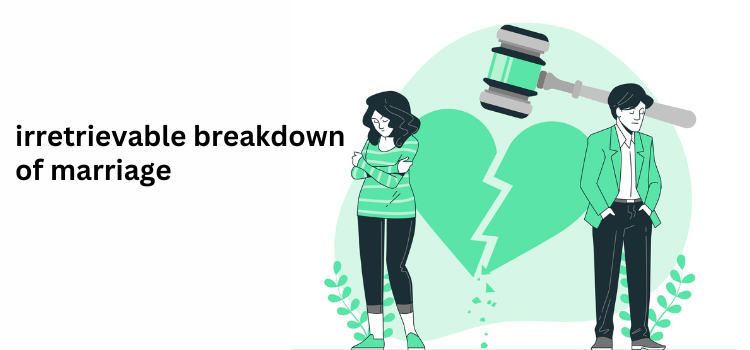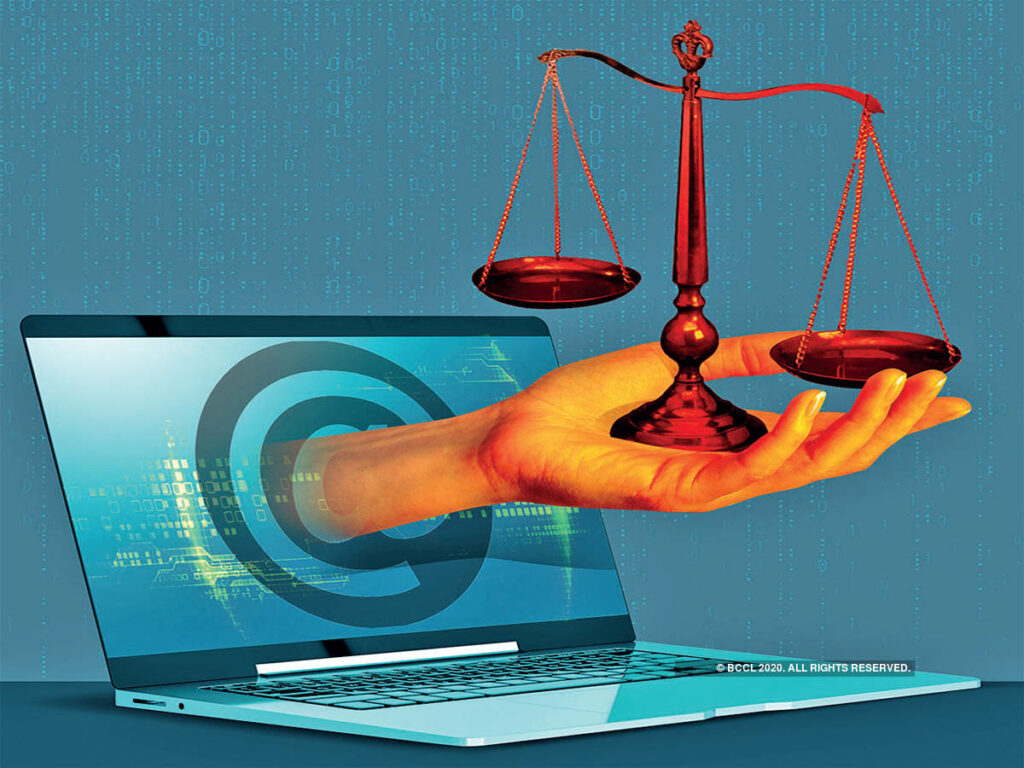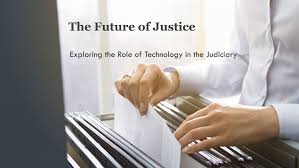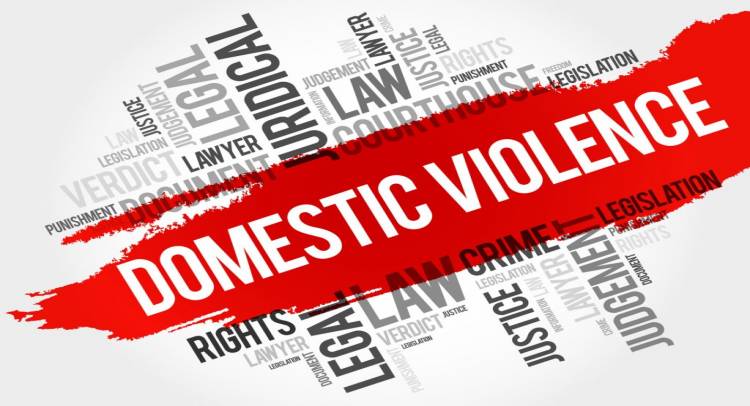Consumer Bankruptcy: Protecting Debtors’ Rights vs. Ensuring Creditors’ Recovery
Introduction Consumer bankruptcy law is a critical area within the legal framework, designed to balance the rights of debtors with the interests of creditors. Bankruptcy provides a legal remedy for individuals overwhelmed by debt, offering them a fresh start while ensuring that creditors recover as much of the outstanding debt as possible. The balancing act between protecting debtors’ rights and ensuring creditors’ recovery is a delicate one, with various legal, ethical, and practical considerations at play. This article explores the intricacies of consumer bankruptcy, examining the legal frameworks, key principles, and the challenges involved in maintaining this balance. Historical Context and Evolution of Consumer Bankruptcy Law The concept of bankruptcy has evolved significantly over the centuries. Historically, debtors faced severe penalties, including imprisonment and even slavery, for failing to repay their debts. However, the evolution of bankruptcy law has gradually shifted towards a more humane approach, recognizing the need to protect individuals from insurmountable financial difficulties while still addressing creditors’ rights. In India, the legal framework for insolvency and bankruptcy was historically fragmented, with various laws addressing different aspects of insolvency. The Presidency Towns Insolvency Act, 1909, and the Provincial Insolvency Act, 1920, were among the earliest laws governing individual insolvency in India. These laws were largely inadequate and outdated, leading to prolonged insolvency proceedings and limited recovery for creditors. The enactment of the Insolvency and Bankruptcy Code (IBC), 2016, marked a significant turning point in India’s insolvency regime. While the IBC is primarily focused on corporate insolvency, it also introduced provisions for individual insolvency, including consumer bankruptcy. The Code aimed to consolidate existing laws, streamline the insolvency process, and create a more efficient system for resolving financial distress. The Legal Framework for Consumer Bankruptcy in India The IBC, 2016, provides a comprehensive legal framework for individual insolvency, including consumer bankruptcy. The provisions related to individual insolvency are primarily found in Part III of the Code, which deals with insolvency resolution and bankruptcy for individuals and partnership firms. Key features of the IBC related to consumer bankruptcy include: Fresh Start Process: The IBC introduced the concept of a “fresh start” for individuals with minimal assets and low income, allowing them to discharge their qualifying debts without undergoing a full-fledged insolvency process. This process is available to individuals with a gross annual income of up to ₹60,000, assets not exceeding ₹20,000, and debts not exceeding ₹35,000. The fresh start process provides relief to individuals burdened with small debts, enabling them to rebuild their financial lives without the stigma of bankruptcy. Insolvency Resolution Process (IRP): For individuals who do not qualify for the fresh start process, the IBC provides for an Insolvency Resolution Process (IRP). The IRP is initiated by the debtor or creditor by filing an application with the Debt Recovery Tribunal (DRT). Once the application is admitted, a resolution professional is appointed to manage the debtor’s estate, and a repayment plan is proposed to the creditors. The plan must be approved by a majority of creditors, and once approved, it becomes binding on all parties. Bankruptcy Process: If the IRP fails to result in an approved repayment plan, the debtor may be declared bankrupt. The bankruptcy process involves the liquidation of the debtor’s assets to satisfy the creditors’ claims. The debtor is discharged from the remaining debts upon the completion of the bankruptcy process, providing a fresh start. Moratorium: The IBC provides for a moratorium period during the insolvency process, during which no legal proceedings can be initiated or continued against the debtor. This moratorium is crucial in providing the debtor with breathing space to negotiate with creditors and formulate a repayment plan without the pressure of ongoing litigation. Protection of Debtors’ Rights: The IBC contains provisions to protect the rights of debtors, including safeguards against harassment by creditors and the appointment of a resolution professional to ensure that the insolvency process is conducted fairly and transparently. Balancing Debtors’ Rights and Creditors’ Recovery The IBC’s approach to consumer bankruptcy reflects a careful balancing act between protecting debtors’ rights and ensuring creditors’ recovery. This balance is essential to maintaining the integrity of the financial system while providing relief to individuals in financial distress. Protecting Debtors’ Rights Right to a Fresh Start: The fresh start process under the IBC is a significant innovation that provides relief to low-income individuals burdened with small debts. This process recognizes the need to protect vulnerable individuals from the lifelong consequences of financial distress and allows them to start afresh without the stigma of bankruptcy. Moratorium Period: The moratorium period is a crucial protection for debtors, preventing creditors from initiating or continuing legal proceedings during the insolvency process. This period allows debtors to negotiate with creditors and explore the possibility of a repayment plan without the constant threat of litigation. Discharge from Debts: The ultimate goal of the bankruptcy process is to provide the debtor with a discharge from remaining debts, allowing them to rebuild their financial life. The IBC ensures that debtors are not burdened with insurmountable debt for the rest of their lives, providing a pathway to financial rehabilitation. Protection Against Harassment: The IBC contains provisions to protect debtors from harassment by creditors during the insolvency process. Creditors are required to adhere to the Code’s processes and timelines, and any attempt to bypass these protections can result in penalties. Ensuring Creditors’ Recovery Maximization of Asset Value: The IBC emphasizes the need to maximize the value of the debtor’s assets during the insolvency process. This principle ensures that creditors receive the highest possible recovery from the debtor’s estate, minimizing losses. Repayment Plans: The IRP process under the IBC allows for the formulation of a repayment plan, which must be approved by a majority of creditors. This plan provides a structured approach to debt repayment, ensuring that creditors recover as much of the outstanding debt as possible while allowing the debtor to retain a portion of their assets. Priority of Claims: The IBC establishes a hierarchy of claims, with secured creditors given priority over unsecured creditors. …
Consumer Bankruptcy: Protecting Debtors’ Rights vs. Ensuring Creditors’ Recovery Read More »

